How to Design a Dolomite Production Line: From Crushing to Grinding
3517Learn the full dolomite processing line, from primary crushing with a jaw crusher to fine grinding with a Raymond mill. Select the right equipment for your plant.
View detailsSearch the whole station Crushing Equipment
You have a quartz deposit, but turning that raw rock into valuable, market-ready products is a complex puzzle. Making the wrong processing choices can waste millions and leave you with a low-grade product.
Quartz processing is a multi-stage journey of crushing, grinding, and targeted purification. The specific combination of these steps determines whether you produce low-value construction sand or high-purity quartz worth thousands of dollars per ton for the electronics and solar industries.
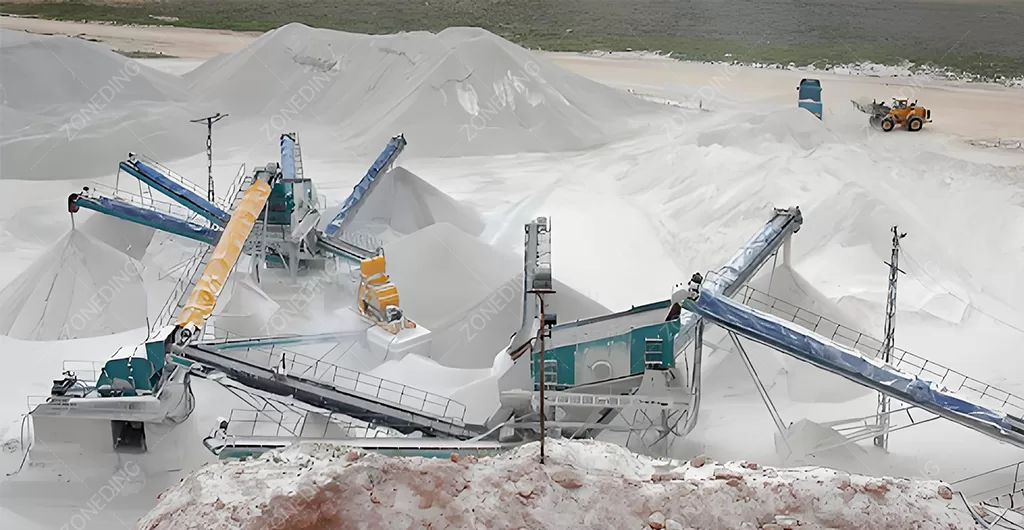
As a manufacturer of Quartz Processing Equipment, I’ve seen firsthand how the right technology unlocks the true value of a mineral deposit. This isn’t just about making small rocks out of big ones. It’s about engineering a specific industrial raw material to meet the demanding specifications of modern industries. Let’s explore the critical questions you must answer to build a profitable quartz processing operation.
You see a pile of quartz. The market sees dozens of different products, each with a vastly different price tag. Guessing wrong means selling a premium resource for commodity prices.
The price of quartz sand can vary by over 100 times. Low-grade construction sand is cheap, while high-purity quartz for solar panels and semiconductors is a high-value specialty material. The difference is entirely based on purity (SiO2 content) and particle size distribution.
The market for quartz is not monolithic; it’s a tiered system based on quality. At the bottom is basic construction sand and aggregates, where physical properties matter more than chemical purity. The price here is low. Moving up, you have glassmaking sand and sands for Engineered Quartz Stone, which require higher purity (typically >99.5% SiO2) and specific particle shapes. The real value jump occurs when you can produce High-Purity Quartz Sand. Applications like Solar Grade Quartz Sand for photovoltaic panels or Electronic Grade Quartz for semiconductor manufacturing demand purity levels exceeding 99.99%. Reaching this level requires a significant investment in purification technology, but the financial return is enormous. Understanding your raw material’s potential is the first step in deciding which market to target.
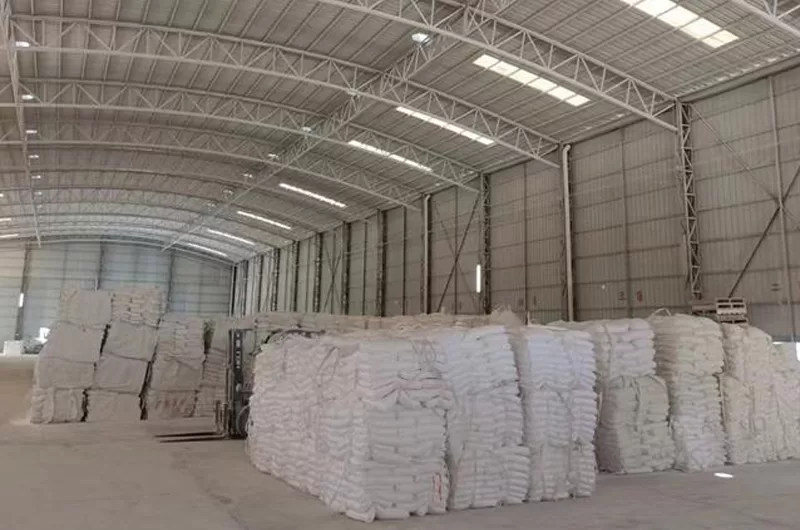
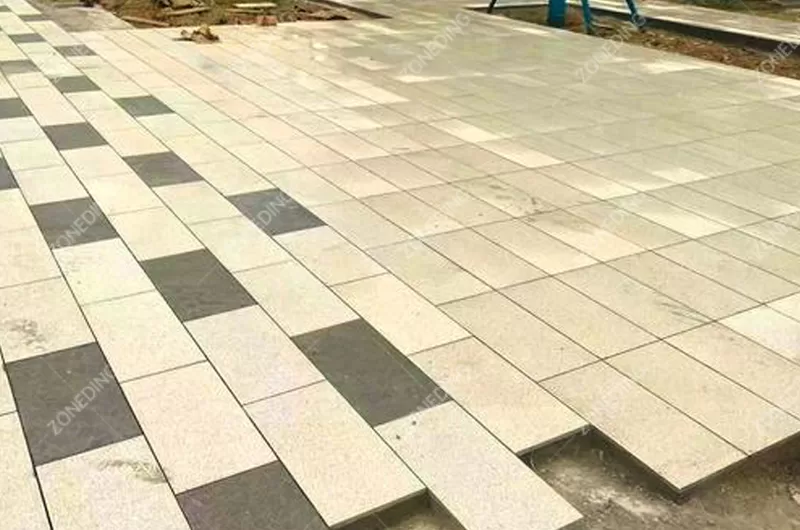
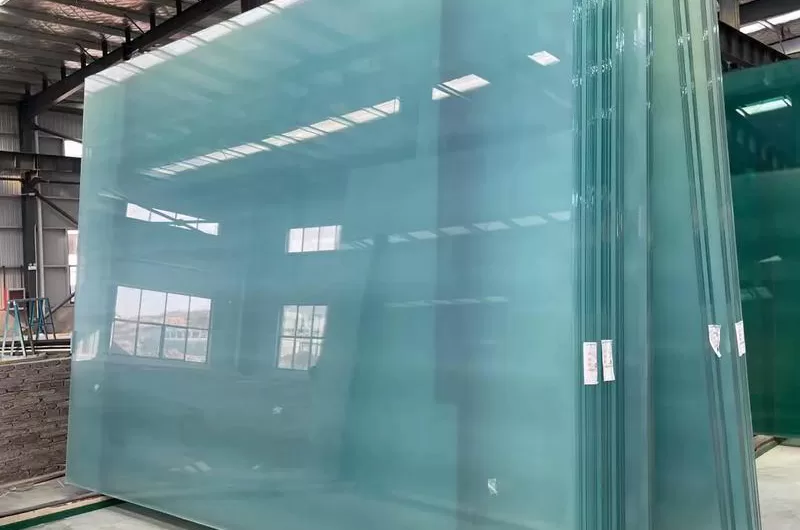
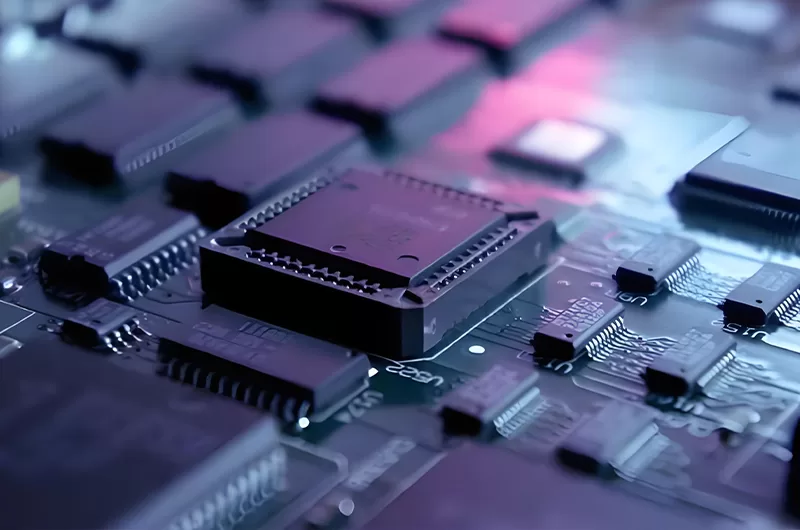
| Product Grade | Typical SiO2 Purity | Key Application |
|---|---|---|
| Construction Sand | < 98% | Concrete, mortar, backfill |
| Engineered Stone | > 99.5% | Countertops, flooring |
| Glassmaking Sand | > 99.6% | Container glass, flat glass |
| High-Purity Quartz | > 99.99% | Solar panels, semiconductors, optical fiber |
You know you need to build a plant, but you’re unsure of the exact process flow. Missing a single critical step or placing it in the wrong order can contaminate your entire product stream.
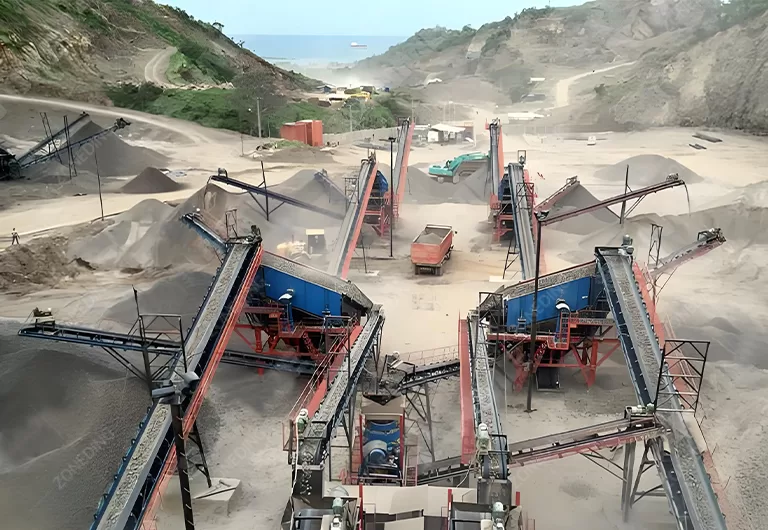
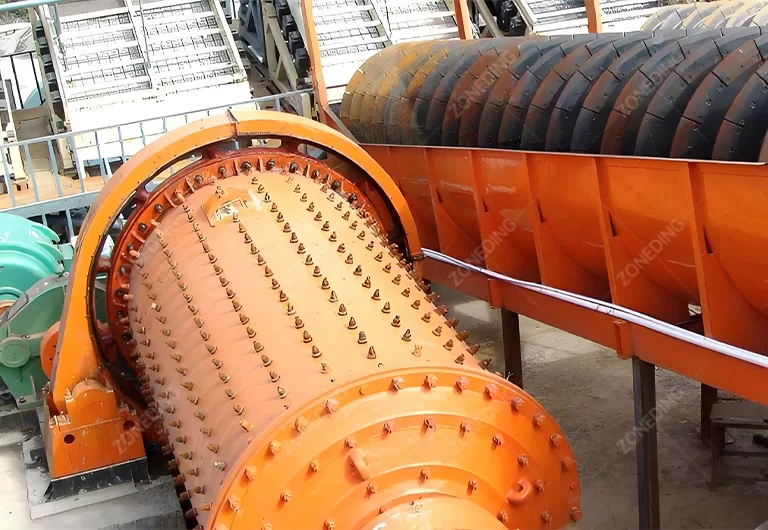
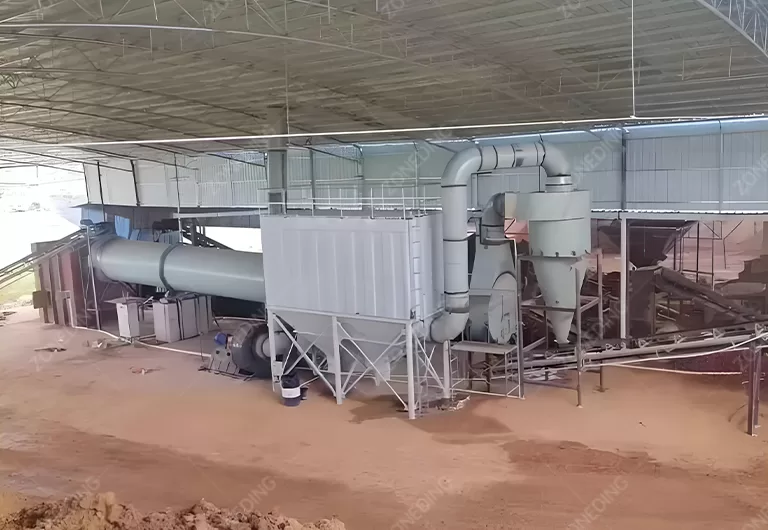
A complete Quartz Production Line involves four core stages: 1. Crushing, 2. Grinding & Sizing, 3. Scrubbing & Impurity Removal, and 4. Quartz Purification (Magnetic/Flotation/Acid Washing).
Building an effective quartz plant is about creating a seamless, integrated system. Each stage prepares the material for the next, with the goal of liberating the quartz crystals from impurities.
1.Quartz Crushing
The process starts with coarse crushing using a Jaw Crusher to break large rocks down to a manageable size. This is followed by a secondary Cone Crusher to further reduce the size. The goal is to create a suitable feed size for the grinding circuit without generating excessive fine dust.
2.Grinding & Sizing
The crushed quartz is then fed into a grinding mill. For sand production, a Rod Mill is often preferred as it produces a more uniform particle size distribution with fewer ultra-fines. For finer powder applications, a Ball Mill is used. After grinding, Vibrating Screens classify the material into different size fractions required by the end-users.
3.Purification
This is the most critical part of the value-addition process. It’s a multi-step attack on impurities, which we will detail in the next section.
Your quartz is stained with iron and contains other mineral impurities. This contamination makes your product unsuitable for any high-value application. You need a systematic way to clean it.
To achieve High-Purity Quartz Sand, you must use a combination of methods: high-intensity Magnetic Separation for Quartz, Froth Flotation for Quartz, and Acid Washing of Quartz.
Removing impurities is not a one-step process because different contaminants require different removal techniques. A comprehensive Quartz Purification circuit attacks impurities on multiple fronts. First, the ground quartz slurry is passed through a high-intensity wet Magnetic Separator. This removes strongly and weakly magnetic minerals like hematite, magnetite, and limonite, which are major sources of iron contamination. Next, the non-magnetic material proceeds to a Flotation Machine. By adding specific chemical reagents, we can make non-magnetic impurities like feldspar and mica float to the surface in a froth, which is then skimmed off. The final step for achieving the highest purity is acid washing. The quartz sand is agitated in a Mixer tank with specific acids that dissolve any remaining surface-level iron stains and other metallic impurities, followed by a thorough rinsing. This sequence ensures the final SiO2 Purity meets the strictest market standards.
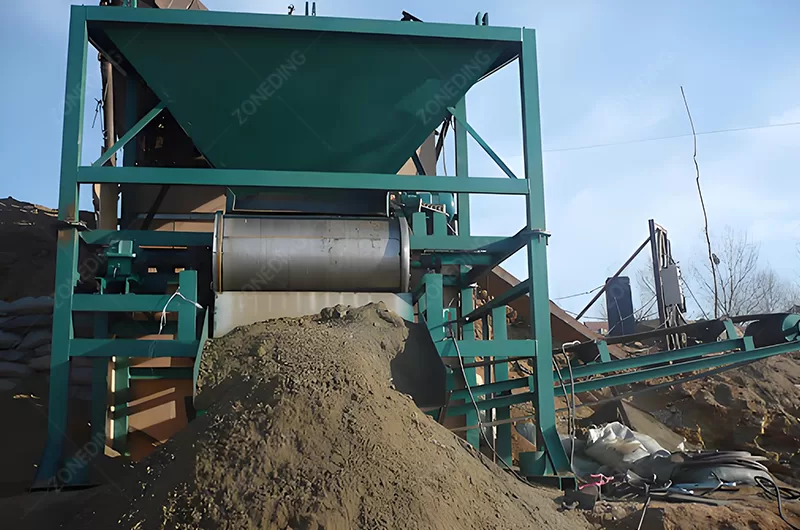
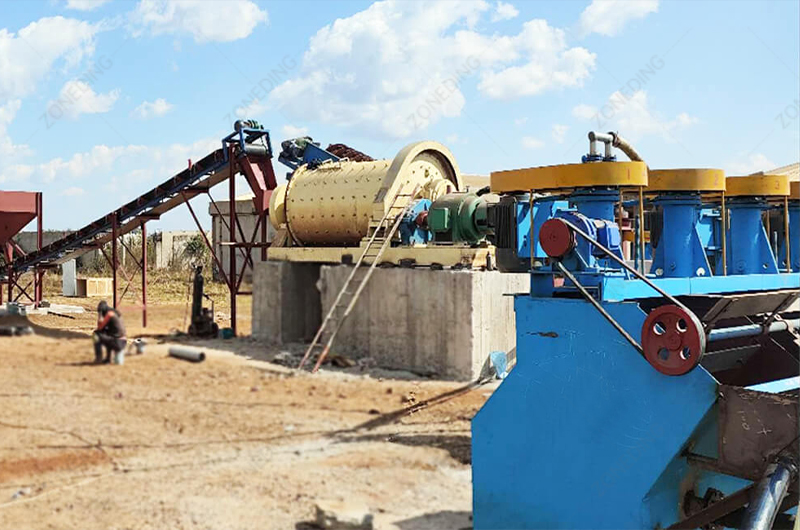
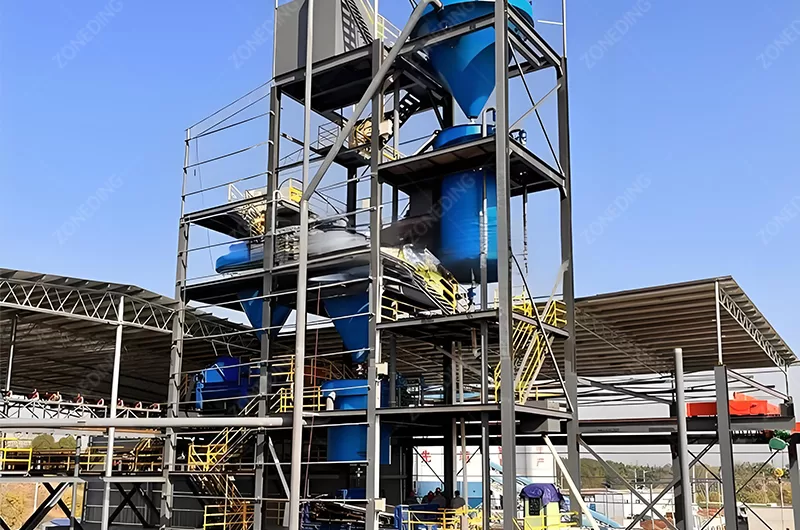
| Purification Method | Target Impurities | Working Principle |
|---|---|---|
| Magnetic Separation | Iron oxides (hematite, magnetite) | Uses powerful magnets to attract and remove magnetic particles. |
| Froth Flotation | Feldspar, mica, other silicates | Uses chemical reagents and air bubbles to selectively float impurities. |
| Acid Washing | Surface iron stains, metallic films | Uses acids to dissolve and wash away surface-level chemical impurities. |
Your customer for engineered stone rejects a shipment that your solar glass customer would have accepted. The reason is a failure to meet product-specific requirements for particle size and purity.
Each high-value application has a unique “fingerprint” of requirements. Engineered stone demands specific particle sizes to reduce resin use. Solar glass needs extremely low iron content. Electronics require near-perfect purity.
Producing for a high-value market means you are no longer selling a commodity; you are manufacturing a precision raw material. You must engineer your product to meet your customer’s exact needs. For the Engineered Quartz Stone industry, particle size distribution is critical. A mix of specific coarse and fine particles minimizes the voids, meaning the manufacturer needs less of the expensive binding resin. For Optical Glass and Solar Grade Quartz Sand, the primary concern is the iron (Fe2O3) content, as even tiny amounts can cause discoloration and reduce light transmission. For the most demanding applications, like Electronic Grade Quartz used for crucibles and Semiconductor Encapsulation, the purity requirements are absolute. Not only iron but also elements like aluminum, titanium, and alkali metals must be reduced to parts-per-billion levels. Your processing plant must be designed with the flexibility to meet these diverse and stringent targets.
| Application | Required SiO2 Purity | Critical Impurity Limit (Example) | Key Particle Size Need |
|---|---|---|---|
| Engineered Stone | >99.5% | Color consistency | Specific size fractions (e.g., 0.1-0.6mm, 0.6-1.2mm) |
| Solar Glass | >99.9% | Fe2O3 < 15 ppm | Consistent fine grain size |
| Electronic Grade | >99.997% | Total impurities < 20 ppm | Ultra-fine powder with high consistency |
You are ready to make a significant Quartz Mine Investment. Buying the wrong equipment is the fastest way to jeopardize your entire project and financial return.
A robust High-Purity Quartz Sand plant requires three categories of equipment: heavy-duty Quartz Crushing machines, precision grinding mills, and a suite of specialized purification units, including high-intensity magnetic separators and flotation cells.
The Quartz Processing Cost is directly tied to your equipment selection. Your investment must be strategic.
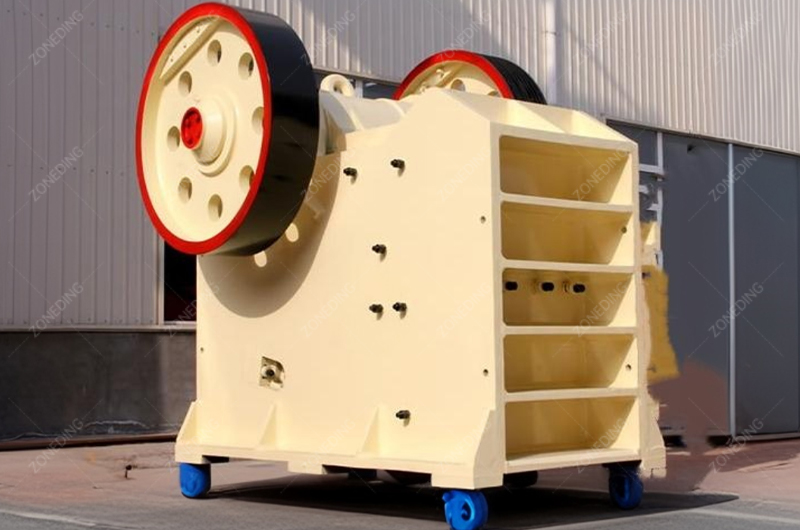
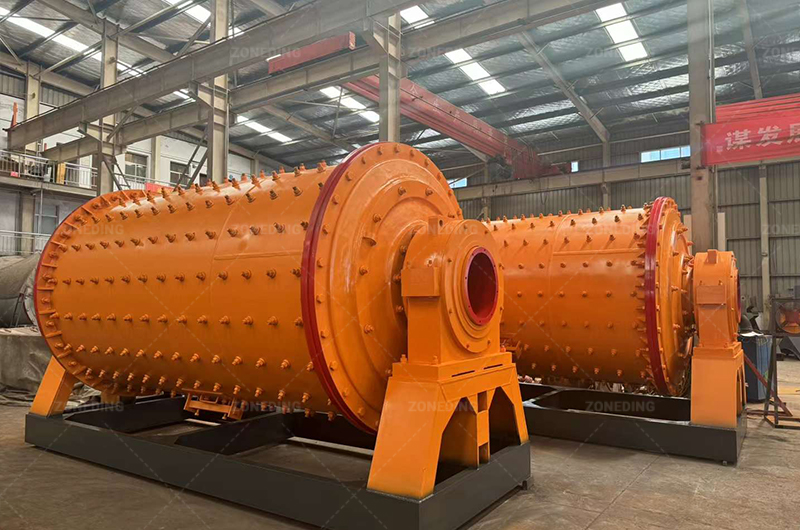

1. Crushing Equipment
This stage sets up the entire process. A primary Jaw Crusher performs the initial size reduction. It is followed by a Cone Crusher or Impact Crusher to bring the material down to a size suitable for grinding. The key is to achieve reduction efficiently without creating unnecessary stress fractures in the quartz crystals.
2. Grinding Mills
Here, you choose between a Rod Mill or a Ball Mill. A Rod Mill Sand Making process is ideal for producing sand with a specific size range, as it minimizes over-grinding. For producing very fine quartz powder, a Ball Mill is the standard choice. Often, ceramic-lined mills are used to avoid iron contamination from the mill itself.
3. Purification Equipment
This is where the high-value transformation occurs. This suite includes high-intensity Magnetic Separators, multi-cell Flotation Machines, acid-resistant leaching tanks and Mixers, and sometimes even advanced units like a Color Sorter.
Your quartz deposit is unique, with its own set of impurities and characteristics. A generic, off-the-shelf processing plant will be inefficient and will fail to maximize your profitability.
To get a customized solution, you must provide your equipment partner with a representative ore sample for detailed mineralogical analysis. This analysis dictates the most cost-effective Process Flow and equipment selection for your specific ore.
As an equipment manufacturer, my goal is to design a plant that gives you the highest quality product for the lowest possible operating cost. I cannot do that without understanding your raw material first. A “one-size-fits-all” approach to Quartz Processing is a recipe for failure. The design of your plant begins with a comprehensive lab test of your ore. We need to know not just the overall SiO2 Purity, but more importantly, the nature of the impurities. Are they surface stains or locked within the crystal lattice? Are they magnetic or non-magnetic? Once we have this data, my engineering team can design the most efficient circuit. We select the right crushers, the right mills, and the exact combination of purification technologies needed for your ore—and nothing more. This avoids over-investing in unnecessary equipment and ensures your plant is optimized for profitability from day one.
| Information You Provide to Us | The Custom Solution We Deliver |
|---|---|
| 1. Representative Raw Ore Sample | 1. Detailed Mineralogical Analysis Report. |
| 2. Your Target Product Grades and Capacities | 2. A Custom-Engineered Process Flowsheet. |
| 3. Site Conditions (Power, Water, Space) | 3. A Complete Quartz Processing Equipment List and Layout. |
| 4. Your Investment Budget | 4. A Detailed CAPEX and OPEX Analysis. |
Processing quartz is about applying precise engineering to unlock its vast economic potential. A custom-designed plant based on a thorough analysis of your ore is the only way to ensure profitability.
Learn the full dolomite processing line, from primary crushing with a jaw crusher to fine grinding with a Raymond mill. Select the right equipment for your plant.
View detailsDeciding between a ball mill and a rod mill? This guide breaks down the selection criteria, from feed size to desired output, for your grinding circuit.
View detailsEquipment choice impacts everything. This guide breaks down the 5 essential factors for selecting lithium ore processing equipment for optimal recovery rates.
View detailsOur guide to the andesite crushing process, from rock properties to plant design. Learn to select the right jaw & cone crushers for high efficiency.
View detailsWe use cookies to ensure that we give you the best experience on our website. If you continue to use this site we will assume that you are happy with it.
Privacy Policy